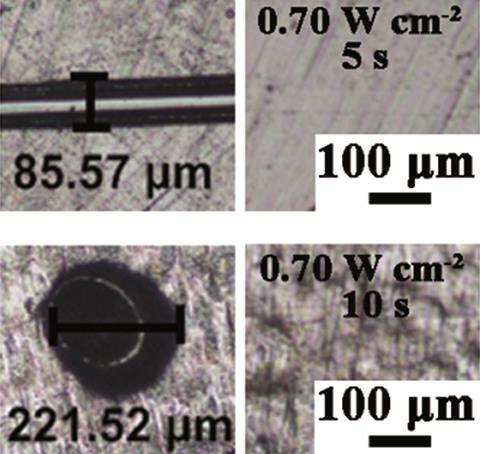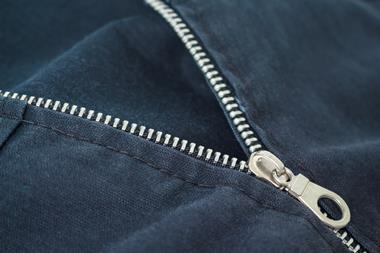
Researchers in China have designed multi-talented materials with mix-and-match functionalities, such as shape memory, self-healing or colour changes, which can be triggered by stimuli such as heat, light or voltage.
Stimuli-responsive polymers adapt to environmental changes, making them useful for applications such as drug delivery systems that exploit differences in pH to direct medicines to the required organs or thermochromic coatings for windows reversibly tint the glass in response to temperature. However, integrating responsivity to numerous stimuli in smart polymers ‘in particular when considering a simple and feasible synthetic route’, has been challenging, notes Patrick Théato, from the University of Hamburg, Germany, who wasn’t involved in this work.
Yan Ji’s team at Tsinghua University in Beijing has now created a polymer that responds to six stimuli (heat, light, pH, voltage, metal ions, redox chemicals) and can perform six functions (shape memory, welding, healing, recycling, reversible colour change and adsorption of metal ions). Ji explains that the material’s ‘shapes, dimensions, chemical or physical properties change in real time to external stimuli’, so it ‘can operate multiple tasks’.
To create the jack-of-all-trades polymers, Ji’s team combined an oligoaniline (amino-capped aniline trimer) with a vitrimer (bisphenol A diglycidyl ether), a malleable heat-responsive polymer. The oligoaniline is responsible for the material’s electrochromism – a reversible colour change due to redox reactions when a charge is applied. Combining these components ‘generates new functions which are impossible for either material alone to perform, such as pH-induced shape memory [or] light manipulated activities (including shape memory, welding and healing),’ Ji explains.

Ji suggests that electrochromism ‘enables the material to be used in smart windows’. Additionally, the smart polymer’s ability to self-heal structural damage (scratching or piercing) when exposed to light prolongs its service life.
Zhibin Guan, from the University of California, Irvine, US, thinks ‘such multiple stimuli responsive materials could potentially be used in technologies such as actuators, sensors, and controlled drug-delivery systems’. Ji suggests exploiting the new polymers’ shape memory ‘in sophisticated robotic operations or mechanical instruments’.
The team’s own simple synthetic strategy may inspire further research, as the polymers can be mass-produced at low cost. Wei Zhang, from the University of Colorado, US, believes this work may influence the ‘future design of hybrid, multi-stimuli responsive, and multi-functional materials’.











No comments yet